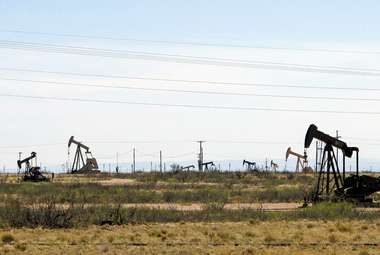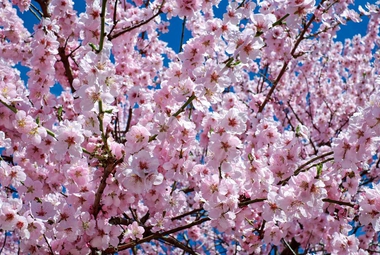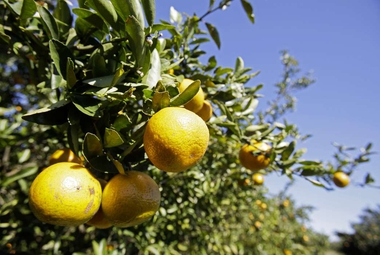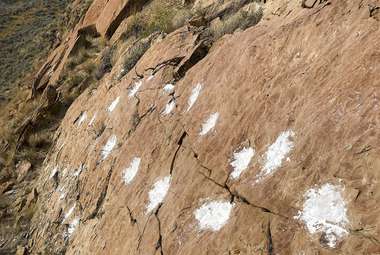Kevin Wheeler
Reporter, Life Sciences and Physical Sciences
@kdub_333Kevin Wheeler, based in Peekskill, NY, covers Life Sciences and Physical Sciences for The Academic Times. Prior to that, Kevin wrote for Audubon Magazine, USA Today and KUT Public Media in Austin, Texas. He won the William J. Rowley Award for journalistic writing at the University at Albany. He graduated from the Craig Newmark Graduate School of Journalism at CUNY in 2018.
 Researchers from Yale University and Yale School of Medicine have genetically engineered E. coli bacteria to resist viral infection and undesirable gene transfer, opening up new pathways for medical research as well as better production of medicines, chemicals and numerous other products derived from biological sources.
Researchers from Yale University and Yale School of Medicine have genetically engineered E. coli bacteria to resist viral infection and undesirable gene transfer, opening up new pathways for medical research as well as better production of medicines, chemicals and numerous other products derived from biological sources. A new analysis of projected fire scenarios shows that the number and extent of wildfires will decrease worldwide later this century amid rising precipitation, population density and gross domestic products — but with a few concerning catches, as deforestation fires are still set to increase in some areas.





